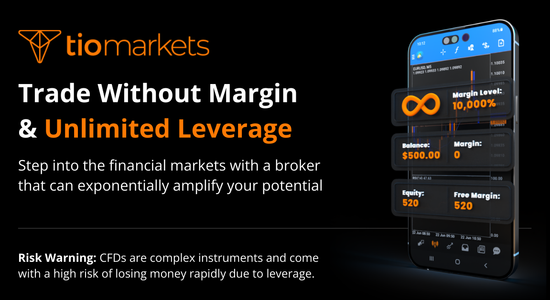How to develop & evaluate systematic trading strategies
BY TIO Staff
|ottobre 24, 2023Systematic trading strategies are methods of defining trade goals, risk controls, and decision making to remove human emotion from the process of trading.
In order to craft a successful systematic trading strategy, one must carefully develop a trading plan and regularly evaluate its performance.
Understanding these elements and going through the steps outlined below will better equip anyone trying to develop and evaluate their systematic trading strategies.
Let's get started.
Step 1: Define Your Trading Goals
Before any actual trading can take place, it's crucial to clearly define your trading goals. Are you looking to create a steady income, or are you more focused on long-term capital growth? Defining your goals will not only shape the trading strategy you utilize but will also help you determine your risk profile and the metrics for assessing success.
Step 2: Develop Your Trading Plan
Once your goals have been outlined, the next step is to develop a trading plan. In developing a plan you should consider the following key aspects:
Choosing the Asset Class
Systematic trading strategies can be applied to various asset classes – for example forex, equities, commodities, and so on. Your choice of asset class should align with your goals and risk tolerance. Different asset classes have different market behaviours, volatility, and offer different risk-return ratios over time horizons.
Selecting a Systematic Trading Strategy
Among trading strategies, you may consider quantitative strategies, trend following strategies, mean reversion strategies, scalping or even news-based strategies. You should opt for a trading strategy that matches your trading goals and risk profile.
Furthermore, some trading strategies will be easier to systematise over others. Technical based strategies are easiest, while news based trading strategies are categorically much harder.
Money and Risk Management
Money management is an integral part of any systematic trading strategy. The two basic rules of money and risk management are:
- Don’t risk too much money on a single trade idea.
- Always keep a portion of your trading funds as cash reserve.
Step 3: Coding the Trading Plan
The next step involves coding your trading plan into a computer program or as an algorithmic set of rules to follow. This involves two steps:
- Backtesting: Once the trading strategy is coded, it needs to be tested on historical data. This is what we refer to as backtesting. This will provide a basic evaluation of how the strategy would have performed in the past. Even though it doesn't necessarily mean it will work in the future.
- Trading: Once backtesting is successfully complete and satisfactory, the strategy is ready to be deployed in a live trading environment.
Coding skills may be necessary for this step if you want to fully automate your trading strategy, as well as access to historical financial data. You can download the latter from the MT4 or MT5 trading platform.
Step 4: Evaluate Your Trading Strategy
After running your program for a specified period of time, the next step is to evaluate its performance. Some common metrics used to evaluate trading performance include:
- Profit and Loss: How much did your strategy earn or lose over the evaluation period?
- Maximum Drawdown: What was the largest drop in equity that was experienced at any point during the evaluation period?
- Sharpe Ratio: This measures the performance of a trading strategy adjusted for risk.
- Average win vs average loss: This measures the average gain per trade versus the average loss per trade.
Step 5: Tweak and Optimize Your Trading Strategy
Just as a car undergoes regular tune-ups, your trading strategy needs regular evaluation and tuning. Remember that markets change, and a strategy that worked well in the past might need to be adjusted or completely revamped in the future.
Remember, there are no guarantees with systematic trading strategies, as it also has its risks and limitations. However, a carefully developed and meticulously executed trading plan can increase the probability of success substantially, as emotions can be eliminated from the equation.
If you want to develop your own systematic trading strategy, you will need to have patience and persistence, and remember: measuring and managing risk is just as important as seeking profits.
Risk disclaimer: CFDs are complex instruments and come with a high risk of losing money rapidly due to leverage. You should consider whether you understand how CFDs work and whether you can afford to take the high risk of losing your money. Never deposit more than you are prepared to lose. Professional client’s losses can exceed their deposit. Please see our risk warning policy and seek independent professional advice if you do not fully understand. This information is not directed or intended for distribution to or use by residents of certain countries/jurisdictions including, but not limited to, USA & OFAC. The Company holds the right to alter the aforementioned list of countries at its own discretion.

Related Posts
Trade responsibly: CFDs are complex instruments and come with a high risk of losing all your invested capital due to leverage.



